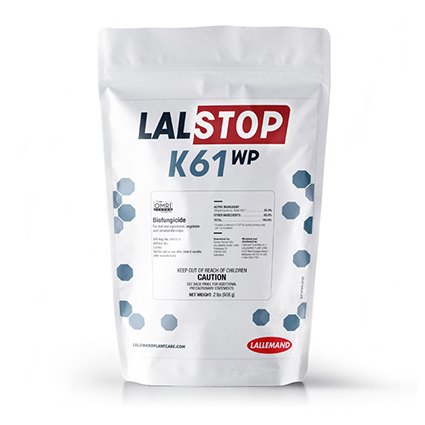Why Investors Are Putting Their Money Toward Controlled Environment Growing
Temperatures in the western U.S. have been on the rise. As the country heats up, so too are investors willing to help invest in controlled environment agriculture (CEA).
The fund has already made two investments in the U.S. Its most recent was $110 million to build a 40-acre greenhouse in Temple, TX, backed by Revol Greens. Equilibrium had previously teamed up with Revol on an investment in a 2.5-acre farm in Medford, MN.
“The supply of fresh leafy greens and lettuces in the U.S. is threatened by the increased frequency of extreme weather events, as well as increasing labor shortages, and recurrent food safety recalls,” the case study says. “To mitigate these risks, as well as grow a better, fresher product, Revol Greens grows leafy greens and lettuces in a greenhouse to supply consumers 365 days a year.”
Another example of recent investments comes from Bowery Farming. The vertical farming company secured $300 million in additional funding in June.
The funding was led by Fidelity Management & Research Co. Other investors included Google Ventures (GV), NBA Player Chris Paul, actress Natalie Portman, and singer Justin Timberlake.
Peter Tasgal, a Food and Agriculture Consultant with Strategic Capital Consultants, was recently interviewed by CoStar on investors buying into CEA.
Tasgal explains that food is not cyclical. It doesn’t matter if the economy is up or down; produce will still be consumed. He believes it is part of a larger investor interest in environmental and social issues.
“There’s profitability, or at least positive cash flow in a lot of these areas, which not only allows for high-risk equity capital, but you’re also now at sort of moderate- to lower-risk equity capital and even some of the more junior debt providers are paying into the space or investments,” Tasgal says.
Deal sizes are also on the rise, which brings interest to large-dollar investors.
“Five years ago, I’m not sure where you would have put $100 million unless you were going to build the first greenhouse,” Tasgal says. “But I think today, those opportunities are out there for big companies like Equilibrium or even much more mainstream investors.”
To learn more, click here.









